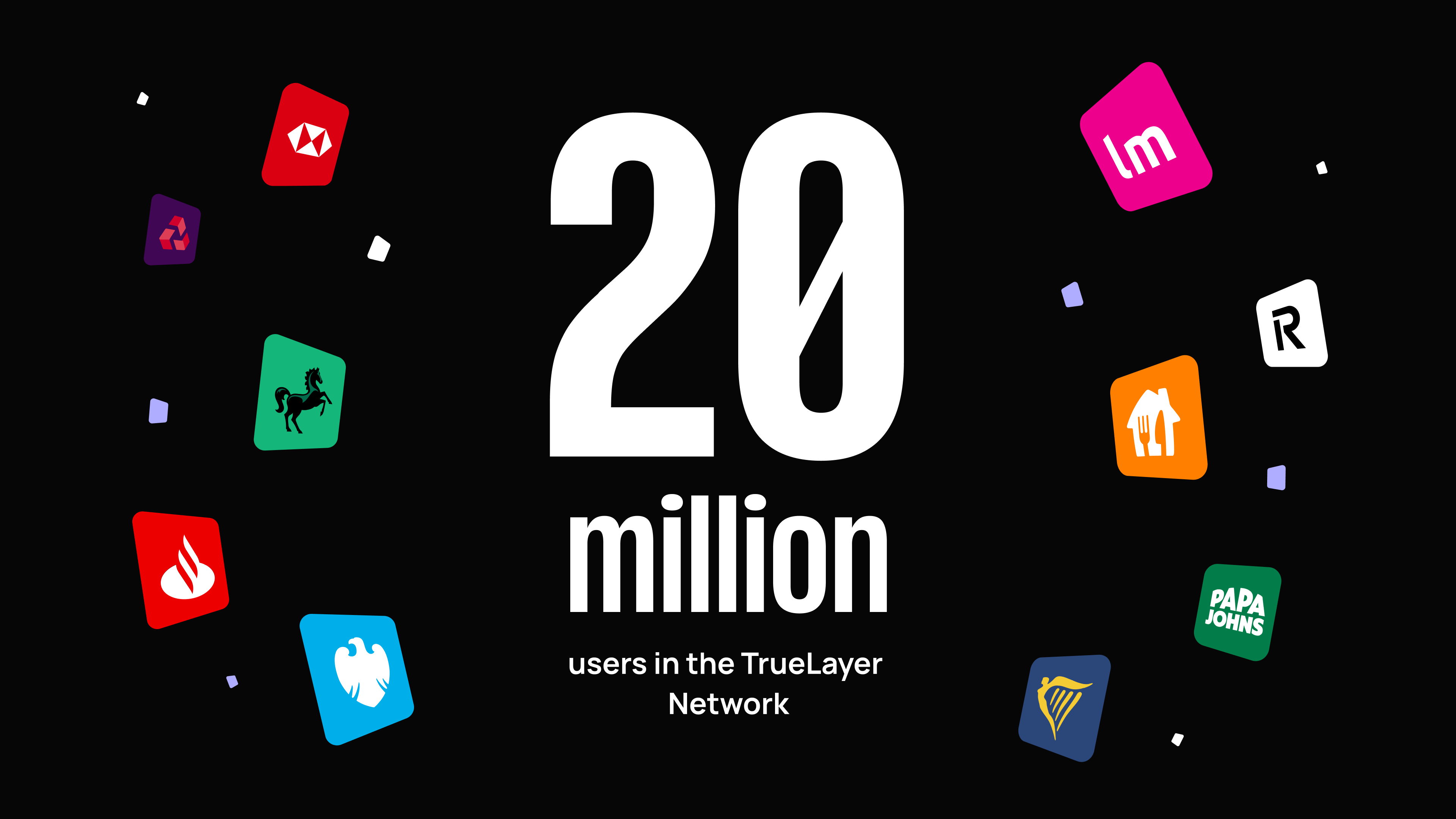Europe has long been looking to increase its ‘strategic autonomy’, and to put it delicately, recent geopolitical events have heightened awareness and increased the urgency to achieve this autonomy.
Reducing external dependencies is a strategic area of focus for Europe, including in the area of payments, where open banking payment architecture has been developed in the EU by EU firms and organisations. It’s already in place and gaining adoption. It enables Pay by Bank, a non-card, instant, account to account payment option. With incoming optimisations from PSD3 and the Instant Payment Regulations, Pay by Bank is the fastest route to achieving European payment sovereignty.
A home-grown European payment method
In the world of payments, strategic autonomy means reducing our dependence on US card schemes. This was recently underscored by Christine Lagarde, Head of the European Central Bank, who, responding to recent geo-political events, said:
“Whether you use a card or a phone, typically it goes through Visa, MasterCard, PayPal, Alipay - where are all those coming from?
“Either the US or China; the whole infrastructure mechanism that allows for payments, credit and debit, is not a European solution.”
“Brussels should make sure there is a European offer.”
Despite the popularity of card payments, other parts of the world have shown that this can be achieved. For example, in India and Brazil, real-time payments are thriving thanks to new payments infrastructure like UPI or Pix. In Brazil the real-time payments system Pix now processes 64 billion payments a year, more than both traditional credit and debit cards combined — and it’s still growing. India's UPI is even higher, at 131 billion payments each year.
The march towards independence
Despite a number of attempts over the years, Europe does not yet have its own independent domestic Europe-wide payment method. In the 60s, Europe did attempt to create its own payment systems with initiatives like Eurocheque (introduced in 1969) and Eurocard (launched in 1964). Ultimately, these systems merged and were subsumed into Mastercard in 1992, furthering Europe’s reliance on a small number of global payment networks.
It is true that there are domestic payment methods across the EU, including iDEAL in the Netherlands, Swish in Sweden and Bizum in Spain. There have also been attempts to expand local A2A methods beyond the borders of one country. The European Payment Initiative is attempting this, and recently acquired iDEAL. The European Payments Alliance is a separate attempt to create interoperability between local schemes (Bizum, BANCOMAT and SIBs) in the south of Europe.
However, the result of all this is a series of largely localised, disjointed and disconnected payment offerings with different standards and approaches. This creates fragmentation rather than achieving the scale or cohesion required to rival the global giants that dominate the European market today.
Some of the obvious challenges the EU has faced in this project include:
Challenges securing upfront investment from participants
Difficulties persuading businesses and consumers to adopt new payment methods
Issues for merchants needing to offer and maintain infrastructure to support multiple payment offerings
Cross border interoperability
For card-based payment methods low interchange meaning profitability is hard to achieve
A faster route to payment sovereignty
Despite these false starts and missteps, there is a payment method that:
already has Pan-European reach
benefits from large investments in infrastructure
has cross border compatibility
doesn’t rely on an interchange model
is growing in adoption and use by consumers and merchants
Pay by Bank is an account to account payment method built on top of open APIs that banks were required to build as a result of the Second Payment Services Directive (PSD2) in 2017. That means it’s available wherever consumers have bank accounts in the EU, making it truly Pan-European.
As a relatively new payment method, it is growing rapidly, and recent EU rules —, the Instant Payment Regulations — look to make Pay by Bank an even faster and more cost effective payment method. PSR and PSD3 will look to address issues in user experience and standardisation and will seek to remove obstacles. There are also efforts, led by the European Payments Council, to develop a commercial model around APIs that would see banks remunerated for premium payment features, to ensure sustainability of the model.
It’s not just payment sovereignty
Europe needs a ubiquitous Pan-EU independent payment method for three main reasons:
Reducing costs for businesses: Pay by Bank is a digitally native and efficient payment mechanism, which gives businesses an alternative to the high fees of card payments (and other payment methods powered by cards). European merchant organisations estimate that merchant service charges — scheme fees, interchange fees, and acquirer margins — increased by almost €1 billion between 2015 and 2020. This does not include administrative and other hidden costs borne by merchants.
Competition: Pay by Bank is a driver of competition. It’s based on accessible open API technology based on recognised standards. The free API access model in PSD2 has encouraged competition and market entry by allowing fintechs to provide payment initiation services at low cost. This is a type of competition that won’t necessarily develop from a centralised scheme like Wero.
Harmonisation: Pay by Bank already has reach across the EU, and can drive the uptake of SEPA Instant payments both domestically and cross-border. It moves us towards the harmonisation needed for the Single Market to achieve its full potential.
The building blocks are in place
Pay by Bank offers a powerful route for achieving payment sovereignty by reducing reliance on external systems, fostering innovation, and meeting the needs of EU businesses and consumers.
The infrastructure is in place and the investments have already been made. Alongside incoming optimisations via the Instant Payment Regulations and PSD3, Pay by Bank is the fastest route to payment sovereignty.

TrueLayer hits 20 million users as Pay by Bank adoption accelerates

Hiring in the time of AI: what candidates need to know

)

)

)
)
)